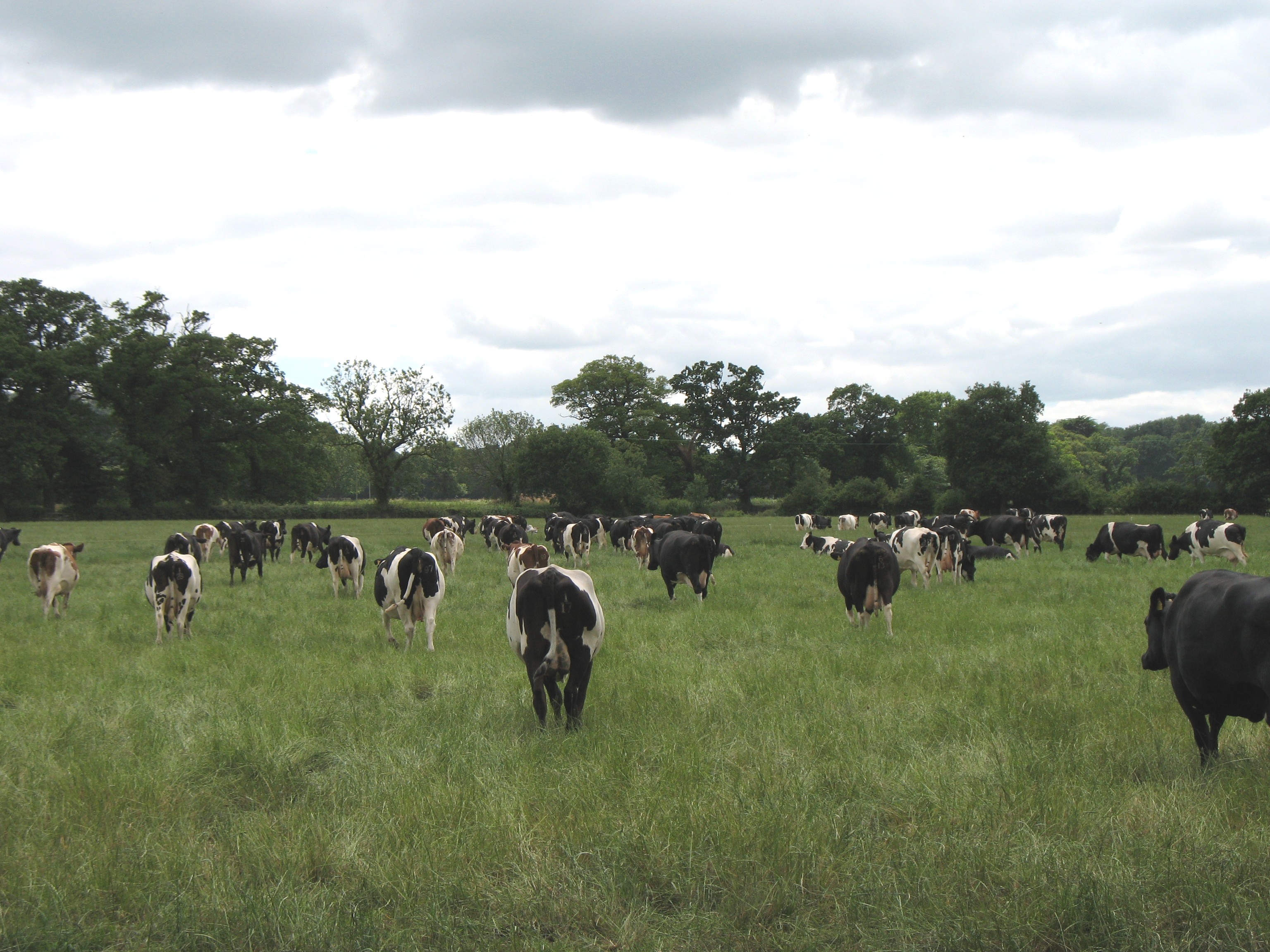Getting on top of seed heads
Friday, 17 June 2022
Seed heads will always happen, but managing them correctly can reduce the impact they have on cow intakes, milk production and the rest of the grazing season. However, with moisture becoming a limiting factor, it puts pressure on the grass plant and it will head earlier.
“So it’s back to correct entry covers, accurate allocation to hit target residuals and you will get leafy regrowth,” says LIC Pasture to Profit consultant Piers Badnell. “In mid-season, a well-managed sward should still be on 80% leaf, whereas a poorly managed one will achieve only 60% within the sward.”
Ideally, cows should graze pre-emerging seed heads. If you know your platform heading dates, this will be about 5–6 days pre-emergence, when the seed head is still leafy and digestible. Once a grass has produced a seed, it becomes stemmy, fibrous and quality drops – as do intakes.
“A leafy, highly digestible 12 ME sward will give intakes of 18 kg DM/day. Leaving it to head reduces digestibility to around 10 ME and the cow can only eat 16–16.5 kg DM/day.”
In a worst-case scenario, Piers says it will mean a diesel spend and some pre-mowing or baling to reset the sward. And think ahead when reseeding: set up the platform correctly by selecting varieties with heading dates as close together as possible.
Heading date is when 50% of the varieties’ tillers head – the rest being within a week either side of this date. Making sure that heading dates are as close as possible limits the overall time that the paddocks heads, thus minimising the drop in quality.

Topics:
Sectors:
Tags:

